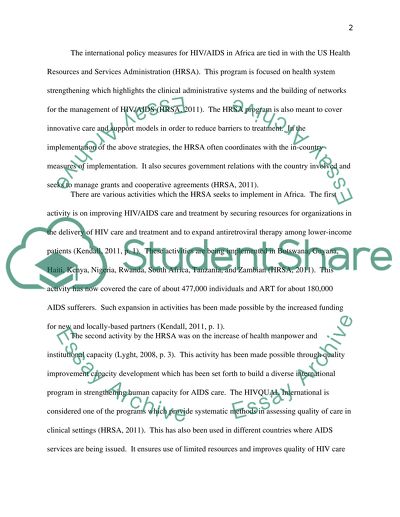Cite this document
(“Public policy and management Essay Example | Topics and Well Written Essays - 1500 words”, n.d.)
Retrieved from https://studentshare.org/environmental-studies/1417610-public-policy-and-management
Retrieved from https://studentshare.org/environmental-studies/1417610-public-policy-and-management
(Public Policy and Management Essay Example | Topics and Well Written Essays - 1500 Words)
https://studentshare.org/environmental-studies/1417610-public-policy-and-management.
https://studentshare.org/environmental-studies/1417610-public-policy-and-management.
“Public Policy and Management Essay Example | Topics and Well Written Essays - 1500 Words”, n.d. https://studentshare.org/environmental-studies/1417610-public-policy-and-management.


